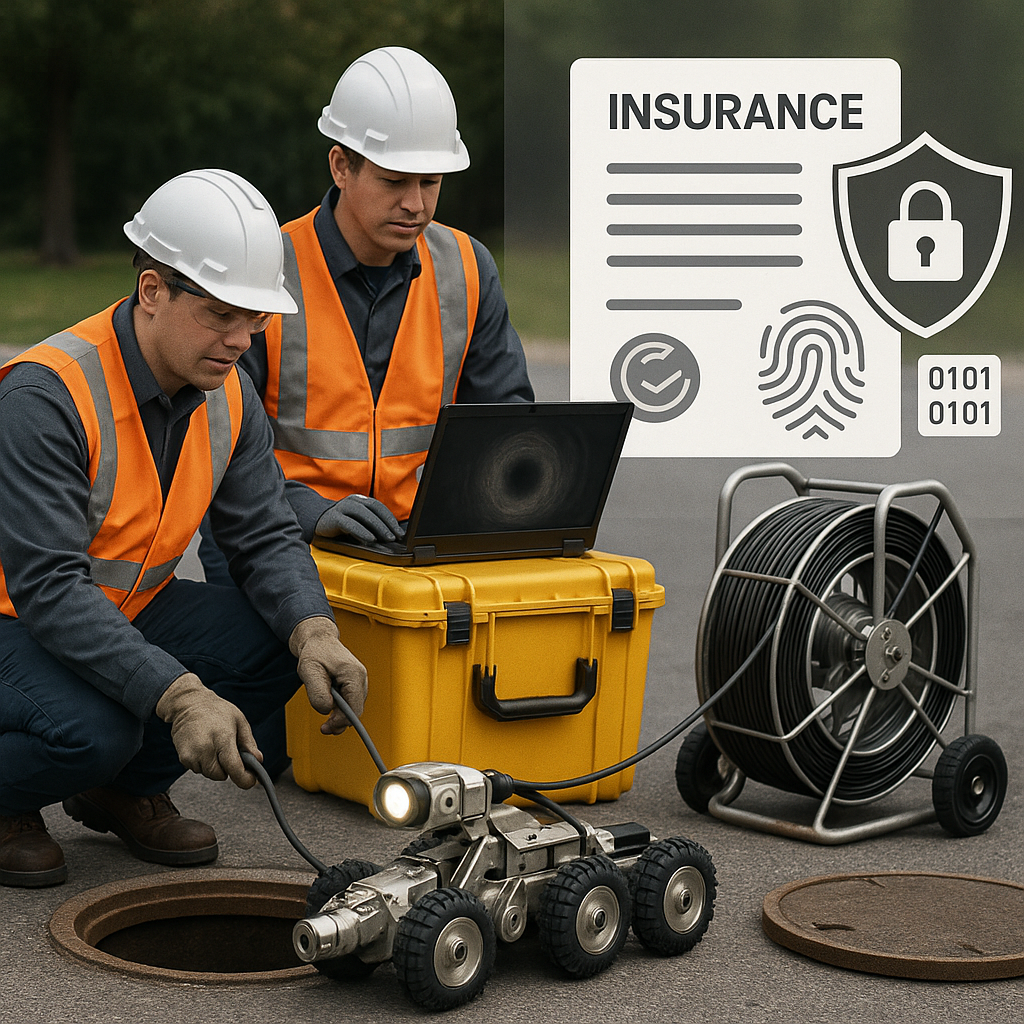Essential Insurance for Sewer Inspection Businesses
Learn about insurance essentials for sewer inspection businesses, covering tech risks, compliance, and market trends in 2024.

Introduction
In 2024, the sewer inspection industry is experiencing a profound transformation driven by technological advancements, regulatory changes, and growing market opportunities. As sewer inspection businesses adapt to these shifts, understanding the nuances of business insurance becomes critical to safeguarding operations and ensuring compliance.
The Role of Technology in Shaping Insurance Needs
Advanced Inspection Technologies
The adoption of robotic and remotely operated vehicles (ROVs), high-resolution imaging systems, and AI-driven analytics is revolutionizing sewer inspections. These technologies enhance efficiency and accuracy but also introduce new risks such as equipment damage and cyber threats, affecting insurance considerations.
- Robotic and ROVs: Reduce physical risks but may increase equipment insurance costs.
- AI and Machine Learning: Introduce data security and breach risks.
- High-Resolution Cameras: Require coverage for potential damage or theft.
Non-Destructive Testing and its Impact
The increasing use of non-destructive testing (NDT) aligns with regulatory compliance and sustainability goals. While NDT minimizes infrastructure damage, it necessitates specialized insurance to cover potential equipment failures or errors in testing.
Regulatory Framework and Insurance Implications
Evolving Regulations
Stricter environmental and infrastructure standards mandate frequent inspections and compliance, influencing insurance requirements:
- Environmental Compliance: Policies must cover regulatory fines and penalties.
- Safety Protocols: Insurance should include coverage for confined space entry and hazardous environment risks.
Proactive Maintenance and Safety
Regulatory emphasis on proactive maintenance and safety protocols necessitates comprehensive insurance coverage that includes liability for unforeseen incidents and workers’ compensation due to reduced manual inspections.
Market Trends and Business Opportunities
Growth in Demand
As urbanization and infrastructure modernization drive demand, businesses can expand into new markets:
- Residential and Municipal Sectors: Increasing need for sewer scope inspections.
- Predictive Maintenance Contracts: New service models that may require tailored insurance policies.
Revenue Diversification
With the integration of AI and data analytics, businesses can offer services like remote monitoring, impacting insurance considerations:
- Service Contracts: Need for professional liability insurance.
- Data Analytics Subscriptions: Cyber liability coverage becomes crucial.
Cost Considerations and Insurance Pricing
Equipment Costs
Sewer inspection equipment costs vary widely, influencing insurance premiums:
- Portable Units: Lower cost and risk compared to robotic systems.
- Robotic Systems: Higher premiums due to increased value and complexity.
Insurance Premiums and Models
The shift towards service contracts and leasing models affects insurance pricing:
- Equipment Leasing: Requires specific insurance to cover leased items.
- Comprehensive Coverage: Bundled policies for equipment, liability, and business interruption.
Practical Tips for Sewer Inspection Business Insurance
- Assess Technological Risks: Regularly update insurance policies to cover new tech.
- Prioritize Cybersecurity: Invest in cyber liability insurance to protect data.
- Regularly Review Compliance: Ensure policies meet evolving regulatory standards.
- Tailor Coverage: Customize insurance based on specific business models and services.
Conclusion
Navigating the complex landscape of sewer inspection business insurance in 2024 requires a strategic approach that considers technology, regulation, and market trends. By understanding these dynamics, businesses can secure the right insurance coverage to mitigate risks and capitalize on emerging opportunities.